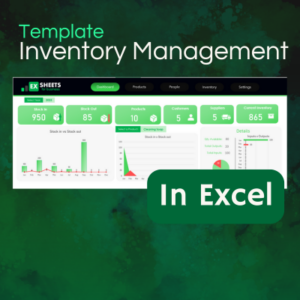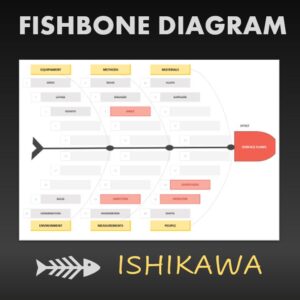Description
Finding and hiring the right talent can feel overwhelming, but a recruitment tracker spreadsheet changes the game entirely. This tool organizes your hiring process, delivers actionable insights, and keeps everything in one place. With a robust dashboard, candidate registry, and customizable settings, it’s the ultimate solution for recruiters aiming to work smarter. In this article, we’ll dive into its standout features, showcase its benefits, and explain how to optimize it for success. Let’s get started!
Why Choose a Recruitment Tracker Spreadsheet?
Recruitment often involves juggling multiple tasks—tracking applicants, managing interviews, and analyzing sources. Without a system, chaos creeps in fast. Thankfully, a recruitment tracker spreadsheet centralizes all this data, offering clarity and control. For example, it highlights candidate progress and pinpoints top-performing sources instantly. Plus, it eliminates manual errors and keeps your team on the same page. Whether you run a startup or a corporation, this tool scales effortlessly to meet your needs.
Core Features of a Recruitment Tracker Spreadsheet
This spreadsheet packs a punch with features designed to simplify hiring. Below, we explore each component and show how it transforms your workflow.
1. Dynamic Dashboard: Your Hiring Control Hub
The dashboard takes center stage, delivering a real-time snapshot of your recruitment metrics. It tracks total candidates, screening, first interview, application received, and second interview numbers with ease. But that’s not all—it also includes top 10 sources, applies per category, and candidates per stage. As a result, you spot trends like which job boards perform best or where candidates stall in the process. Consequently, you make quick, informed decisions to keep hiring on track.
2. Top 10 Sources: Identify High-Impact Channels
Within the dashboard, the top 10 sources feature shines a light on where candidates come from. It ranks platforms like Indeed, company referrals, or social media based on application volume. By reviewing this, you focus efforts on what works and ditch what doesn’t. For instance, if LinkedIn drives 50% of applies, you double down there. Transitioning to this data-backed approach saves time and boosts ROI.
3. Applies Per Category: Analyze Application Trends
Also part of the dashboard, applies per category breaks down applications by role or department. This shows whether engineering roles attract more candidates than sales positions, for example. Armed with this info, you tweak job descriptions or target specific talent pools. Thus, you align recruitment with demand and optimize your outreach.
4. Candidates Per Stage: Monitor Pipeline Flow
The dashboard’s candidates per stage tracks each applicant’s journey—from application to offer. You see exactly how many sit in screening versus second interviews, revealing bottlenecks fast. If candidates drop off after the first interview, you rethink your questions or process. Accordingly, this keeps your pipeline moving and improves efficiency.
5. Candidates Tab: Centralize Applicant Data
Shifting gears, the candidates tab acts as your go-to registry. It logs names, contact details, resumes, and statuses in one spot. Not only does this save digging through emails, but it also speeds up follow-ups. Additionally, you filter candidates by skills or stage, making shortlisting a breeze.
6. Open Positions: Prioritize and Plan
The open positions section lists all active roles, including department, urgency, and progress. By updating this regularly, you avoid overlap and focus on critical hires. Furthermore, it aligns your team, ensuring everyone targets the same goals.
7. Recruitment Process: Define Your Workflow
Next, the recruitment process tab maps out each hiring step—sourcing, screening, interviewing, and beyond. You set clear stages and timelines, standardizing the approach company-wide. For example, you might allocate two days for screening and five for interviews. Hence, this clarity accelerates decisions and reduces delays.
8. Settings: Tailor to Your Needs
Lastly, the settings tab lets you customize sources, rejection reasons, stages, and departments. You adapt these to fit your business, creating a tool that feels made-to-order. As a result, it supports your unique hiring strategy perfectly.








Reviews
There are no reviews yet.